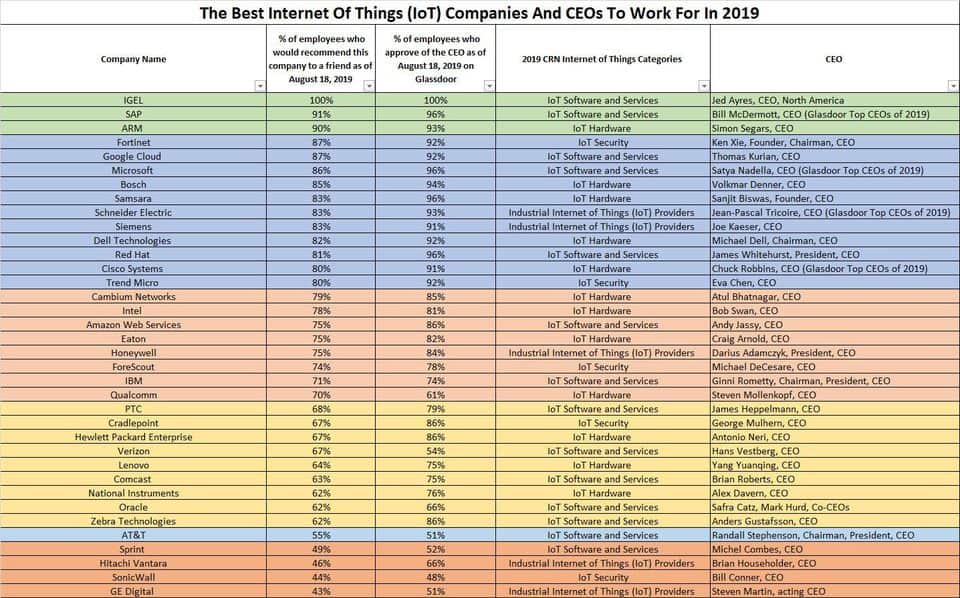IGEL Blog
Windows 10: The (Bad) Gift that Keeps on Giving
Microsoft is in the thick of it again, announcing it will arbitrarily reserve storage on Windows 10 Version 1903 in order to ensure available disk space for updates, apps, system caches and the like. According to a Microsoft blog, the reserved space cannot be removed from the OS. It expects about 7GB to be reserved, but in true Microsoft fashion, warns that number can change. “If for some reason Windows update needs more space than is reserved, it will automatically use other available free space.” Basically, it will take what it needs so start thinking now if you fear losing files is a possibility.
It’s the latest in an approach that is the reverse of user-friendly. While 7GB may not have much impact on newer PCs that generally have a terabyte or more of storage, older PCs could feel the impact. More importantly, the average user no longer has free will! While the blog brings up the evergreen ‘optimization’ benefit, in reality, users are being told: you no longer have control over your own desktop/PC. Add to this the track record of Windows updates and it’s evident users are already suffering from update fatigue since some update rounds have had their share of glitches. Perhaps the most notable mishap was the October 2018 update that actually deleted user data; there were so many critical issues that Microsoft withdrew the update while they fixed the problems. The update was re-released in November, and today its adoption hovers only around the 20% adoption mark.
At IGEL we can’t resist gloating a little bit about this latest example of Windows 10’s update program and Microsoft’s dictatorial style in pushing out updates. We’ve been saying for some time that Windows 10 at the endpoint is getting more unmanageable and remains much more vulnerable to security threats. Our firm belief is that Windows belongs in the data center – not at the endpoint – where it can be better and more securely managed, with the proper hardware investment needed to perform well.
IGEL OS: The Answer at the Endpoint
Endpoints standardized on the Linux-based IGEL OS are the superior choice to serve users roaming on many devices at just as many locations for its manageability, stable operation, and ease of use. Putting Windows at the endpoint, in a VDI environment, is like towing a car to address a flat tire; a good spare is the better option. A well-designed, read-only Linux operating system is the spare tire, the safety net. IGEL OS is exceptionally light weight, seamlessly updated “over the air,” and has hardened security that is impermeable to cybersecurity threats.
Best of all, when we’re dealing with legacy investment, we can get off the Windows treadmill by using IGEL OS software to extend the life of our workstation assets and avoid without the high cost of a hardware refresh. We are then no longer tethered, at will, by Microsoft and its constant cycle of Windows updates and extended support programs.
As icing on the cake, IGEL OS is fully integrated into the IGEL Universal Management Suite (UMS) to give IT professionals a centralized device management system that is so efficient one person can manage tens of thousands of endpoints. Instead of having to find budget for the next hardware refresh, IT groups can provide users with the most customized, secure EUC experience available, via the Linux-based IGEL OS.
It’s time to get off the Windows treadmill. Learn more about the new IGEL Workspace Edition here.


